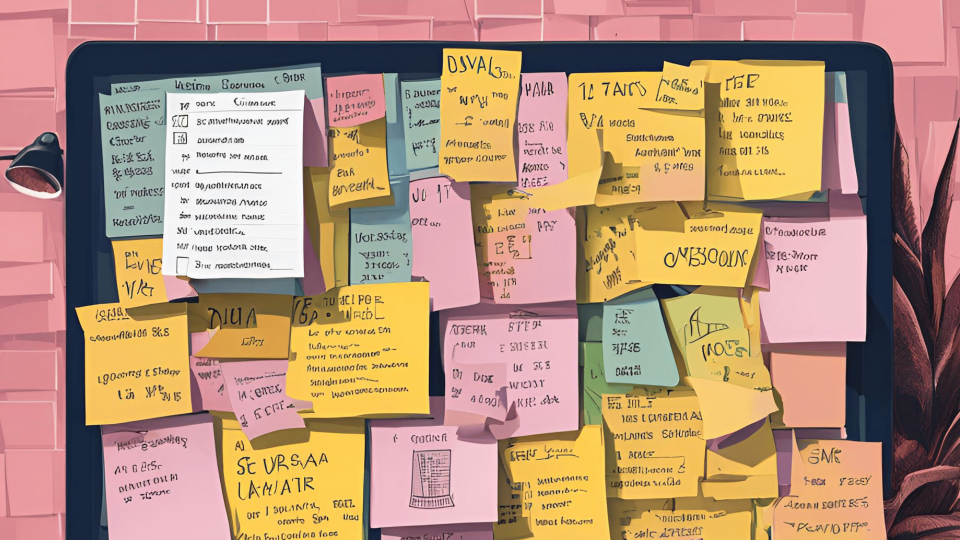
Let’s be honest. I’m usually the first person advocating for automation. Give me a repetitive task, and my immediate instinct is to find a tool, app, or system that can handle it with a few clicks.
Tim Ferriss offers a simple yet powerful perspective:
“Never automate something that can be eliminated, and never delegate something that can be automated or streamlined. Otherwise, you waste someone else’s time instead of your own, which now wastes your hard-earned cash.”
It’s not about blindly automating everything in sight—it’s about being strategic, intentional, and laser-focused on what actually moves the needle for your business.
The Smart Approach to Optimisation
Here’s Tim Ferriss’ simple framework for cutting through the noise and focusing on what truly matters:
1. Eliminate First
Start by critically examining every task on your plate. The most powerful productivity hack is simply removing unnecessary work. Ask yourself:
- Does this task directly contribute to my core business goals?
- Would anything meaningful change if I stopped doing this?
- Am I doing this out of habit or genuine necessity?
Elimination is your first and most powerful tool. It’s about being ruthlessly selective with your time and energy.
2. Automate What Remains
If a task can’t be eliminated, look for ways to streamline and automate.
Bill Gates offers sage advice here:
“The first rule of any technology used in a business is that automation applied to an efficient operation will magnify the efficiency. The second is that automation applied to an inefficient operation will magnify the inefficiency.”
Key automation considerations:
- Ensure the process is truly efficient before automating
- Start small and scale gradually
- Look for solutions that can solve many problems rather than lots of point solutions
3. Delegate as a Last Resort
Only delegate tasks that:
- Cannot be eliminated
- Cannot be automated
- Require human judgment or specialised skills
- Don’t have to be done by you (and this is usually more than we think)
Delegation isn’t about offloading work—it’s about strategic distribution of responsibilities.
Putting it in Practice
Ever feel like you’re drowning in tasks that seem important but ultimately don’t move the needle? I’ve been there—spinning my wheels, thinking I was being productive when I was really just busy. This framework isn’t about creating another complex system. It’s about cutting through the noise and reclaiming your most valuable asset: time.
Start with a simple audit:
- Capture everything you do (and I mean everything) over a week or month
- Become ruthlessly selective—cross out anything non-essential
- Hunt for automation opportunities in your remaining tasks
- Delegate only the complex work that truly requires human touch
Remember: productivity isn’t a destination—it’s a journey of continuous, incremental improvement. Small tweaks, consistently applied, can transform not just how you work, but how you live.
Until next time!



